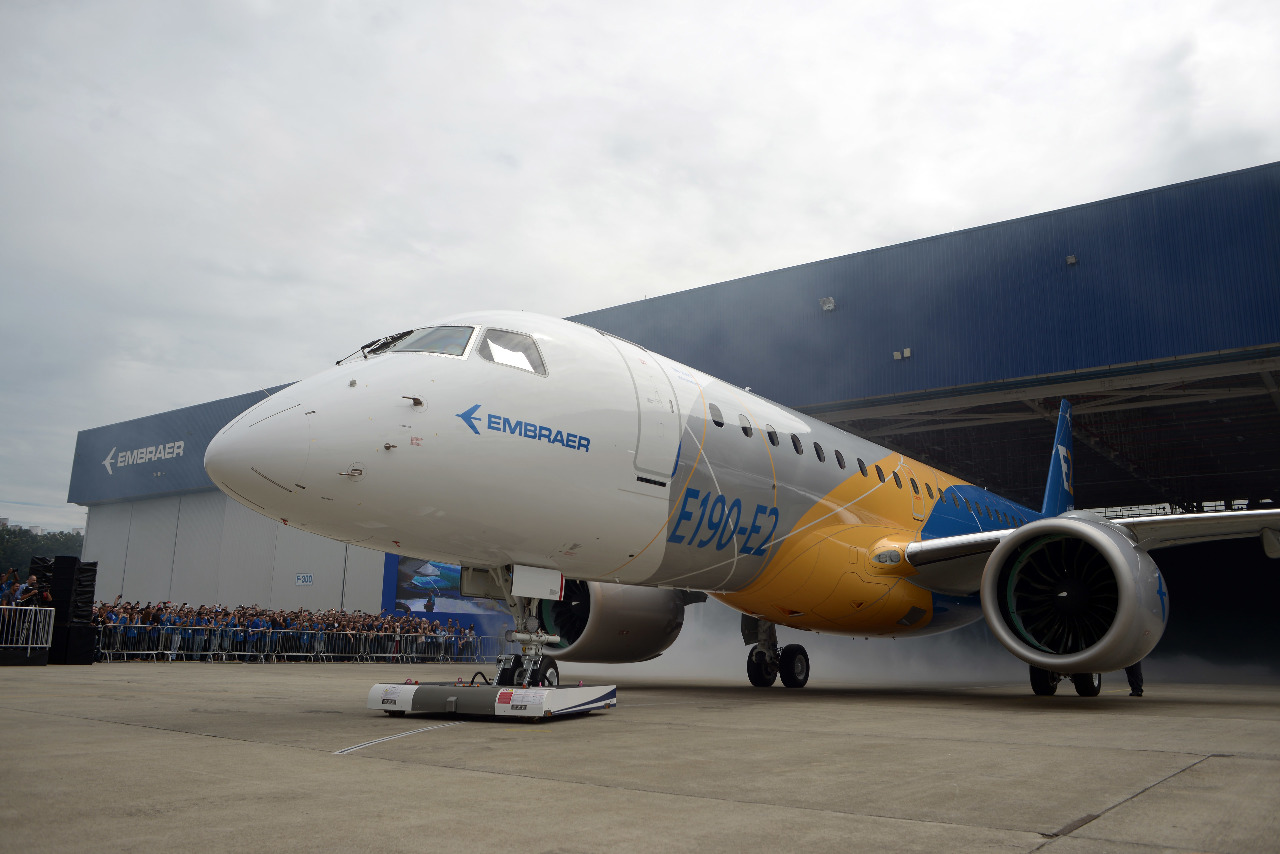Embraer believes that airlines in the Asia-Pacific region, including China, will take delivery of 1,570 new jets in the 70 to 130-seat segment over the next 20 years (valued at $75bn, at list prices), representing 25% of the worldwide demand for the segment over that period. According to the global Embraer Market Outlook for the 70/130-seat segment for the next two decades, the entire market will demand 6,350 new jets in this category, which is valued at $300bn over the period.
The Brazilian firm – which recent rolled out the 100-seat E190-E2 “second-generation” E-Jet – expects the Asia Pacific market to become more affluent, competitive, and open, further stimulating airlines to seek system efficiencies, brand differentiation, and improved service levels. In this context, the 70 to 130-seat jet segment will play a key role in supporting the intra-regional development in Asia-Pacific.
According to Embraer’s analysis, the rise of Low Cost Carriers was a direct and natural response to the surge in demand for air travel in the region, in the last decade. However, the large inflow of capacity has influenced ticket prices and created a new dynamic: a vicious cycle in which lower yields force lower unit costs, leading to larger aircraft that add more capacity which, in turn, lower load factors that promote even more fare discounting.
Embraer remarks that reducing fares to offset falling load factors has its limits, and focusing primarily on ancillary revenues is not a sustainable business strategy. The company already sees signs of saturation; despite 8.6% RPK growth in 2015, carriers in the region are estimated to have earned a net margin that averaged only 2.9%, boosted by the lower price of oil. Profitability remains elusive for Asian carriers facing the challenge of surplus capacity.
Embraer sees untapped opportunities in Asia-Pacific, where more than 250 markets, or 30% of narrow-body exclusive markets are served with less than one daily frequency. Markets like these, according to the Brazilian firm, would be better served with 70-130 seat jets, based on the average number of passengers per departure. Also, 37% of intra-regional turboprop capacity is offered on routes longer than 200 nautical miles, which Embraer believes are better suited to jet operations.

